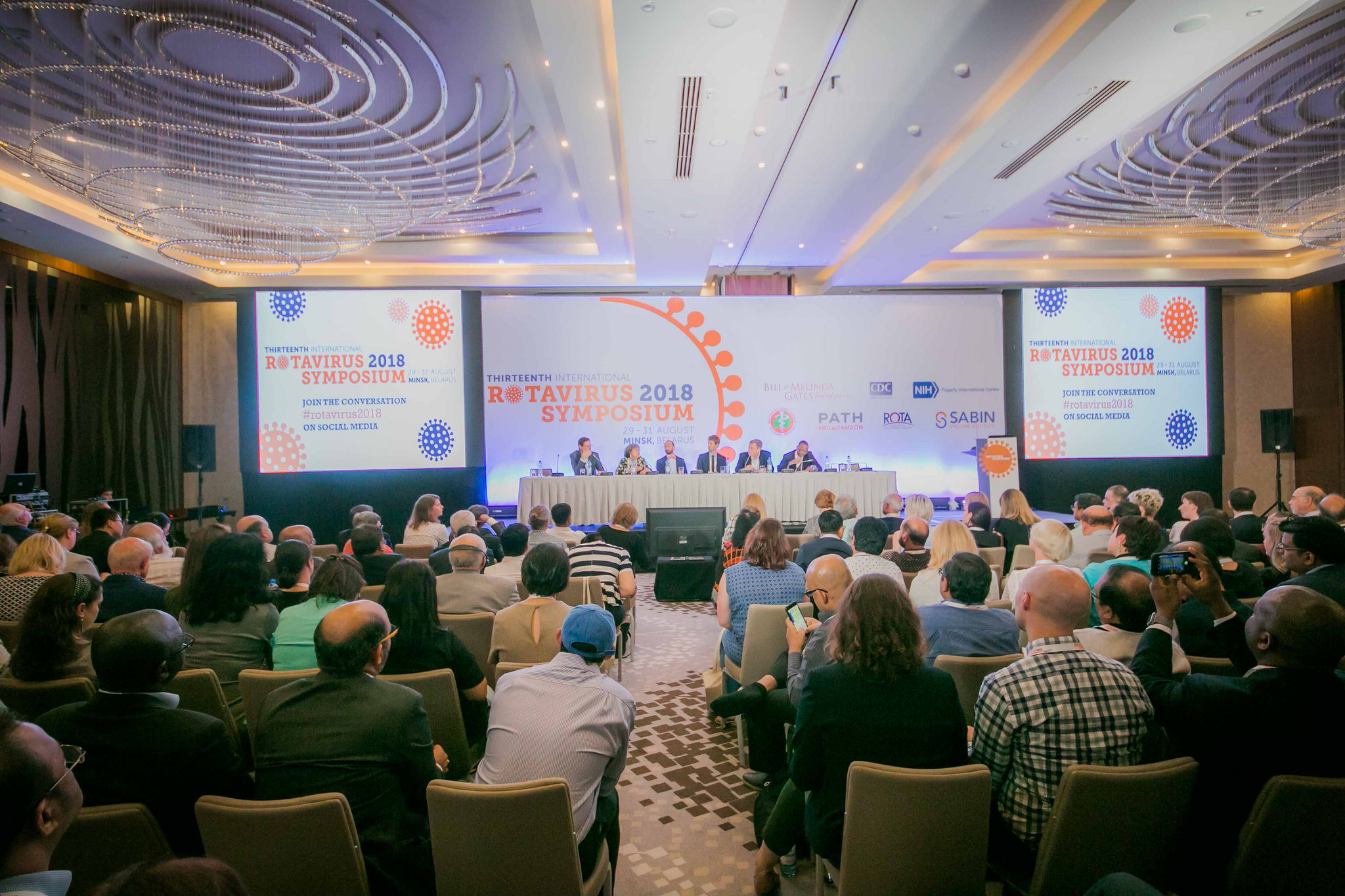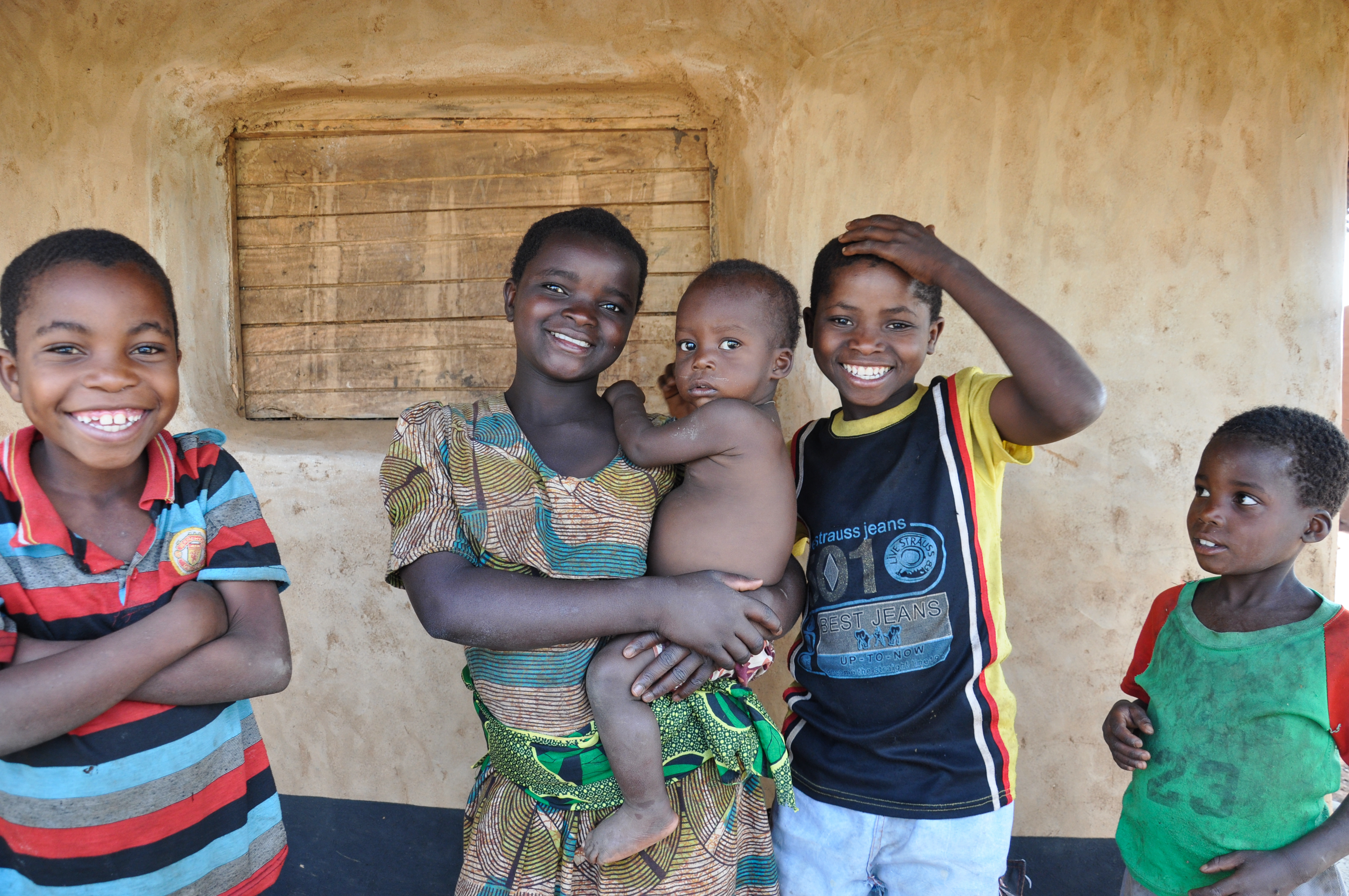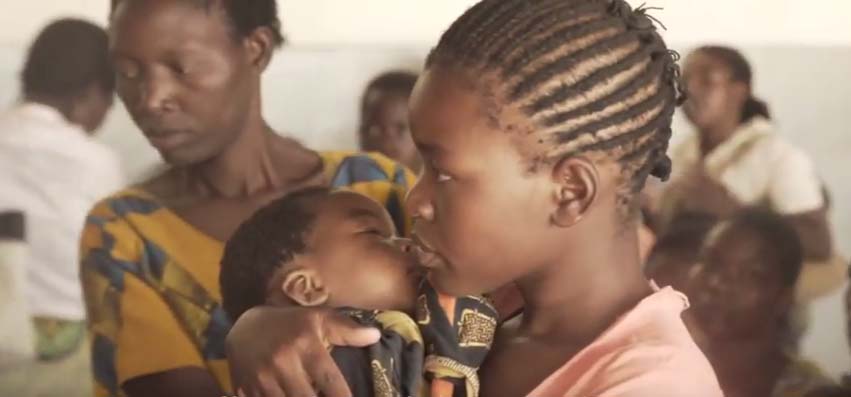Measuring the next mile for rotavirus vaccines
|

Vaccines against rotavirus, the leading cause of severe and fatal diarrhea in young children worldwide, are a stunning global public health success story. Their development, evaluation, and introduction and scale-up in many low-income countries around the world has occurred in record time, with measureable impact to show for it – like this recent impact study in Malawi.
But if I had to summarize the main theme of the 13th International Rotavirus Symposium, which took place from August 29-31 in Minsk, Belarus, it would be: What’s next? What is the next mile of the rotavirus vaccine journey going to look like? How are things changing? And is all this progress sustainable?
The momentum that led to the development and introduction of the first rotavirus vaccines was impressive, and now, more than ever, we need to maintain it. Diarrheal disease remains the second leading infectious killer of children under five years old, and rotavirus alone is still responsible for around 200,000 deaths every year.
While the vaccines that have been available worldwide for the last decade are effective, they can be costly for middle-income countries that are ineligible for subsidized donor funding. This is an especially large concern for many middle-income countries in Eastern Europe, which is one of the reasons Eastern European countries have been some of the slowest to introduce rotavirus vaccines. Market shifts, supply constraints, and crowded immunization schedules with hefty cold chain requirements are putting additional pressure on countries aiming to protect their children with the best available vaccines.

The 280 researchers, scientific experts, policymakers, and public health officials from 54 countries who gathered in Minsk discussed these concerns and more. They presented evidence and shared experiences to help ensure that rotavirus vaccines remain cost-effective, affordable, and accessible in this changing global environment.
One clear takeaway from the symposium? The rotavirus community is still as committed as ever to improving coverage and providing the best possible protection to every child. Experts presented promising, innovative solutions to several of the above concerns. Two new vaccines from India—the newly WHO-prequalified ROTAVAC® and the heat-resistant ROTASIIL®—engendered a lot of excitement for their potential to help fill in supply gaps and provide more affordable long-term options for countries.
Other vaccines that are still in development offer encouraging alternatives, as well. An injectable rotavirus vaccine that recently demonstrated positive safety and immunogenicity results in a Phase 2 study could help improve the lower efficacy seen with oral rotavirus vaccines in low-income countries (a negative outcome of gut damage), and a neonatal birth dose vaccine under evaluation could help improve coverage and protection among the very young. Several PATH-led economic evaluations of the cost-effectiveness of the current and upcoming vaccines offered evidence to inform country decision-making.
If history is any lesson, sustainability often proves more difficult than initiation. Thankfully, as the symposium made clear, the rotavirus community is in it for the long haul, no matter where the road may take us.
Photo 1: Sabin Vaccine Institute
Photo 2: Laura Kallen/PATH












